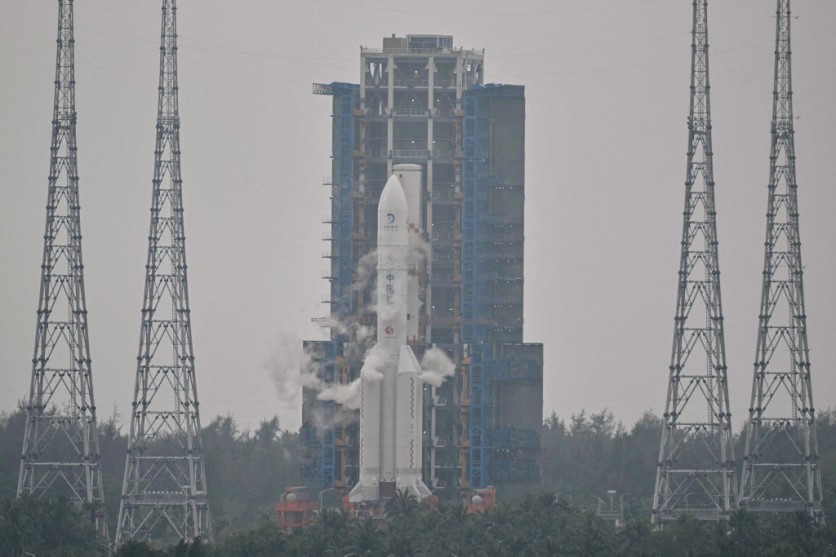The Tianlong-3 rocket has reportedly crashed near central China after its Sunday test accidentally launched it. The rocket, made by the China-based company Space Pioneer, was seen flying through the sky after it inevitably crashed, causing a gigantic flame.
The unintentional launch happened on Sunday at a facility in Gongyi City, Henan Province, during a hot-fire test of the rocket. The rocket's nine engines were fired during the test, and the spacecraft was meant to be grounded to prevent it from going into orbit.

The company stated that since everyone in the vicinity was evacuated before the rocket test, no injuries resulted from the incident. Space Pioneer, a leading commercial rocket business, is an expert in liquid-propellant rocketry.
In a statement, Space Pioneer attributed the rocket's separation from the launch pad to a "structural failure" of the test bench. However, the rocket's onboard computer sensed odd activity and immediately turned off the engines. At that point, Tianlong-3 fell toward a forested area close to the city.
In the upcoming months, Space Pioneer hoped that the successful hot firing test would result in the orbital launch of its Tianlong-3 rocket. According to the business, Tianlong-3 performs similarly to SpaceX's Falcon 9, with the Chinese rocket having a maximum payload capacity of 590 tons going into orbit compared to 605 tons for SpaceX's two-stage reusable rocket.
SpaceX Recent Developments
Competitor SpaceX, meanwhile, recently pulled off a doubleheader launch of two sets of Starlink internet satellites from both the east and west coasts of the US.
According to sources, 22 Starlink satellites were carried by a Falcon 9 rocket that took off from Florida's Cape Canaveral Space Force Station at 1:15 p.m. on June 24, at 17:15 UTC. Later on, at 11:47 p.m., the second rocket, carrying 20 Starlinks-13 of which were direct-to-cell-launched from California's Vandenberg Space Force Base. EDT, or 03:47 GMT (eight p.m. local time).
Starlink's nearly 6,100 operational satellites in orbit give high-speed internet access to people worldwide, particularly those who live in rural areas. According to insiders, the satellites will return to Earth after being launched by Falcon 9 rockets and land on a droneship in the Pacific Ocean.
China's Rocket Engine Breakthrough
Conversely, China recently made news when the China Aerospace Science and Technology Corp (CASC) completed ground testing for its 130-ton reusable liquid oxygen kerosene engine, marking a significant advancement in space exploration.
The engine's revolutionary propulsion capabilities, created by CASC's Sixth Academy, can potentially revolutionize space travel. Chinese official media reported that on Saturday, April 13, CASC's engineers successfully performed two ground ignition tests, a momentous event in China's space program.
With 30 ignition starts, 15 rerun tests, and a cumulative test time of more than 3,900 seconds, the engine's performance in the tests exceeded expectations.
This accomplishment breaks the previous record for the most liquid rocket main engine tests conducted in China and shows the engine's excellent expandability, high reliability, and all-around performance.

ⓒ 2025 TECHTIMES.com All rights reserved. Do not reproduce without permission.




